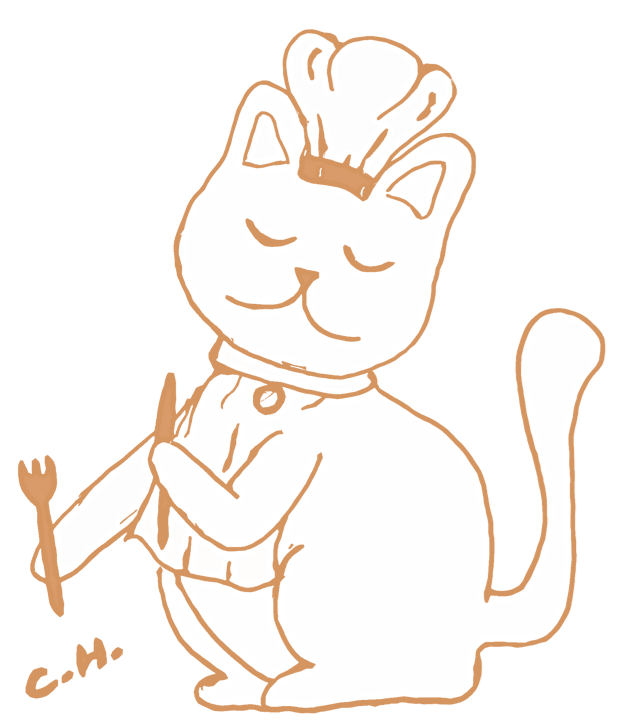Feline feeding programes
FELINE FEEDING PROGRAMS

The American Association of Feline Practitioners has written a consensus statement on Feline Feeding Programs that we will sum up.
There is a lot of information about what to feed cats but there is not as much information on how we should feed them. How we feed cats is also important because it can cause medical, social and emotional problems.
Cats are carnivores with a big hunting instinct. They are solitary hunters and can spend half of their day hunting to eat various small meals. Nowadays most pet cats rely on humans for food. Frequently they are fed in one place with large amounts of food available all day or divided into two meals. In multiple cat households, even cats that don’t get along will eat together. Although they don’t show clear signs of stress or fighting, their wellbeing will be affected.
Obesity related problems
- Feeding one or two big meals a day in a plate does not address the cat´s needs to eat many small meals. This can lead to inactivity, overeating and obesity.
- Pet food is very appealing and easy to eat rapidly which contributes to overeating and weight gain.
- If a cat is bored, eating can be the only activity he has and this will lead to obesity. Overweight cats have more difficulty in jumping, hunting, climbing and playing so they keep gaining weight. Obesity can cause health problems such as diabetes, arthritis, high blood pressure, heart and respiratory problems.
Stress related problems:
- Forcing a cat to eat in proximity to another cat that he otherwise chooses to avoid creates anxiety, stress and health problems (cystitis and litter box issues).
- If the cat wants to avoid other cats or children in the household, he may start to eat too fast and vomit. He could also eat too little if he feels insecure and is unable to reach the food.
The goal of feeding programs for cats is to mimic natural feeding behaviour. This reduces begging for food, frustration and conflicts between cats.
Food puzzles and foraging: Using objects that must be manipulated by the cat to release food and hiding kibble increases activity and provides mental and physical stimulation. This helps to manage weight without causing stress. Cats should be taught how to use food puzzles, beginning with the easiest ones. New feeding methods should be incorporated slowly.
Frequent meals and appropriate nutrition: Cat’s daily food should be split around the 24 h period. The owner should ensure the cat is eating the right amount of food daily and that the food is placed in a way the cat is able to find it. Weight and body condition should be monitored regularly, especially in older cats or those that have chronical illnesses.
Separate feeding areas in multicat households: Determine which cats spend time together, which avoid each other and where does each cat spend it is time. This allows you to plan where to place food. Each feeding area should be visually separated from the others and should never be close to litter boxes. Placement of food should consider the agility of each cat (to use shelves or elevated places) and their size (to use size-limiting entrances). Meals could be offered in programmable feeding bowls that use a microchip, only allowing one cat to access the bowl.
Bibliography:
Feline feeding programs: Addressing behavioral needs to improve feline health and wellbeing. Sadek, T., Hamper, B., Horwitz, D., Rodan, I., Rowe, E., & Sundahl, E. (2018). Journal of Feline Medicine and Surgery, 20, 1049–1055